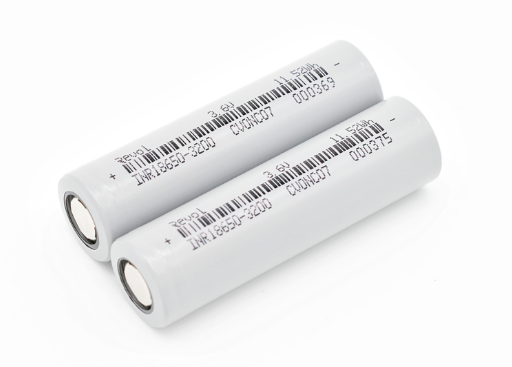Everything You Need to Know About Cylindrical Batteries
Everything You Need to Know About Cylindrical Batteries
Cylindrical batteries have become increasingly popular due to their efficiency and versatility in various applications. This guide will explore everything you need to know about these batteries, from their structure to their advantages.
What Are Cylindrical Batteries?
Cylindrical batteries are rechargeable and non-rechargeable energy storage devices that are shaped like a cylinder. This design allows for optimal packing density and thermal dissipation, making them ideal for consumer electronics, electric vehicles, and various industrial applications. Among them, Cylindrical batteries are widely acknowledged for their robustness and reliability.
Types of Cylindrical Batteries
There are several types of cylindrical batteries, including:
- Cylindrical lithium batteries, commonly used in portable electronics due to their high energy capacity.
- Cylindrical lithium-ion batteries, which provide excellent energy density and are often found in electric vehicles.
- 21700 battery format, known for delivering higher capacity compared to older models.
Key Advantages of Cylindrical Batteries
The advantages of cylindrical batteries include:
- High energy density, allowing for longer usage periods.
- Scalability, which facilitates the creation of battery packs that meet specific energy needs.
- Robust construction, enhancing durability and safety during operation.
Cylindrical Battery Applications
Cylindrical batteries are utilized in various applications, including:
- Consumer electronics such as smartphones, laptops, and cameras.
- Electric vehicles, where their efficient energy storage is critical.
- Industrial equipment and tools that require reliable and long-lasting power.
By understanding the characteristics and benefits of cylindrical batteries, users can make informed decisions when selecting the right battery for their needs. Additionally, familiarity with the various formats and types allows for optimal integration into devices.
Whether you are powering up your favorite gadget or designing a new electric vehicle, cylindrical batteries provide a versatile solution for energy storage.
For more detailed insights into specific cylindrical battery models and comparisons, visit Cylindrical batteries or explore  for a closer look at cylindrical lithium batteries.
for a closer look at cylindrical lithium batteries.

